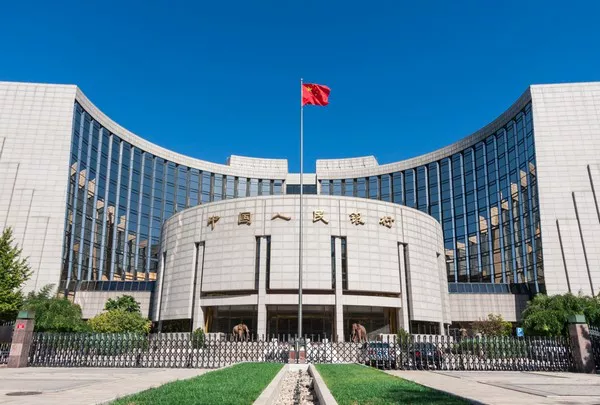AUD/USD found upward support following China’s interest rate decision. The People’s Bank of China kept the lending prime rate (LPR) unchanged at 3.45%, as expected. However, the AUD/USD pair faces challenges as the greenback attempts to rebound from two-month lows recorded on Friday.
The Reserve Bank of Australia is expected to raise interest rates again in the first half of 2024. Marion Kohler, assistant governor of the Reserve Bank of Australia (RBA), said inflation is expected to fall but will not reach the RBA’s 2%-3% target before the end of 2025. Investors are likely to pay attention to the minutes of the Reserve Bank of Australia meeting and the speech by Reserve Bank of Australia Governor Bullock on Tuesday.
The Australian dollar (AUD) may find support due to weak inflation data and weak economic activity in the United States, causing the greenback to fall. The U.S. dollar (USD) weakened last week as signs of inflationary pressures and a cooling labor market in the U.S. led to speculation that the Federal Reserve (Fed) may have ended its interest rate hike cycle.
The U.S. dollar index (DXY) appears to be retracing its recent losses amid a recovery in U.S. bond yields. As of press time, the 10-year Treasury yield was 4.45%. Even with better U.S. housing data released on Friday, the U.S. dollar (USD) remains under pressure. Building permits (monthly rate) increased to 1.487 million households in October, compared with the expected value of 1.45 million households. Housing starts (monthly rate) rose to 1.372 billion from 1.346 billion previously.
Boston Federal Reserve (Fed) President Susan Collins expressed optimism on Friday that the central bank can lower inflation without causing significant damage to the labor market by being “patient” with further interest rate measures. Tuesday’s Fed meeting minutes are expected to provide some insight into the Fed’s policy stance on inflationary pressures and its approach to monetary policy.


